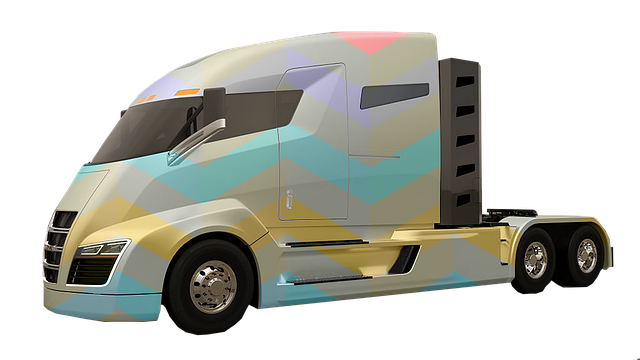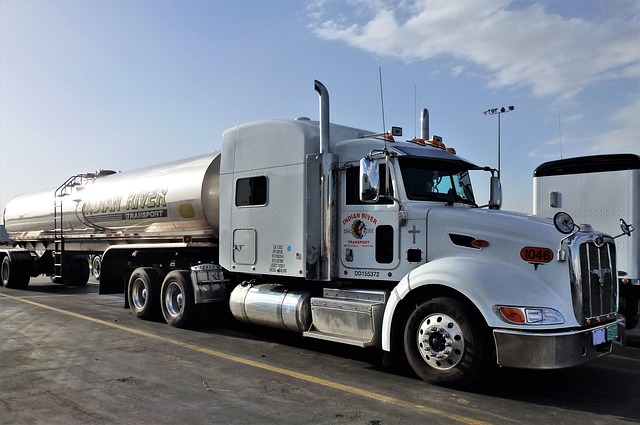Looking to register your car in California? This comprehensive guide will walk you through the process step-by-step. In California, car registration is a legal requirement for all vehicle owners, ensuring safe and compliant driving. To begin, understand the state’s specific requirements, gather essential documents like proof of ownership and insurance. Next, visit your local DMV, where you’ll verify your vehicle’s identity using its unique VIN (Vehicle Identification Number). Finally, pay the required fees and receive your license plate to officially register your car.
- Understand California Car Registration Requirements
- Gather Necessary Documents for Car Registration
- Visit Your Local DMV to Register Your Vehicle
- Verify Vehicle Identity Using VIN (Vehicle Identification Number)
- Pay Registration Fees and Receive Your License Plate
Understand California Car Registration Requirements

Before registering your car in California, it’s crucial to understand the state’s specific requirements. The California Department of Motor Vehicles (DMV) mandates that all vehicles operated within the state be properly registered and have a valid inspection certificate. This includes a Vehicle Identification Number (VIN) verification process using a trusted tool like a DMV VIN verifier or a mobile vin verifier app, ensuring the vehicle’s authenticity and compliance with safety standards.
The registration process requires you to present essential documents such as proof of ownership, a current vehicle inspection report (obtained through a vin inspection), and applicable fees. A mobile vin verification service can streamline this process by quickly cross-referencing your vehicle’s VIN with state records, confirming its status and ensuring all necessary paperwork is in order for a smooth registration experience.
Gather Necessary Documents for Car Registration

Before you begin the registration process, it’s crucial to gather all the essential documents required by the California Department of Motor Vehicles (DMV). This includes your vehicle’s registration from the previous state, a valid driver’s license, proof of insurance, and perhaps most importantly, a Vehicle Identification Number (VIN) inspection or verification. You can utilize a mobile VIN verifier for this step, which allows you to complete the inspection conveniently without visiting a DMV office.
Make sure you have all these documents in order to streamline the registration process. Additionally, keep in mind that some documents may be required for certain types of vehicles, such as classic cars or recreational vehicles. Properly preparing these documents will help ensure a smooth transition and faster registration at the DMV.
Visit Your Local DMV to Register Your Vehicle

To register your vehicle in California, start by visiting your local Department of Motor Vehicles (DMV) office. This is where you’ll complete the necessary paperwork and provide essential documents for verification. The DMV will require a few key pieces of information, including your driver’s license or state-issued ID, proof of insurance, and the Vehicle Identification Number (VIN) from your car. The VIN can typically be found on the vehicle’s registration label or in its owner’s manual.
Once at the DMV, you’ll need to pass a vehicle inspection, which includes a check for any outstanding warrants and a verification of the VIN using advanced tools, such as a mobile VIN inspection service. This step is crucial to ensure that your car meets all safety and emissions standards. By having these processes in place, California aims to maintain a reliable and secure vehicle registration system for its residents.
Verify Vehicle Identity Using VIN (Vehicle Identification Number)

To ensure your car is officially registered in California, it’s crucial to start by verifying its identity using the Vehicle Identification Number (VIN). This unique 17-character code acts as a fingerprint for your vehicle and can be used to access detailed information about its history. You can verify the VIN through a trusted DMV vin verifier or mobile vin inspection app, which will cross-reference it against national databases to confirm its authenticity.
This step is essential before proceeding with any registration process. A valid and accurate VIN ensures that you’re dealing with a genuine vehicle and helps prevent fraud. Many mobile vin verifier apps are available for easy access, allowing you to perform a quick and convenient vin inspection right from your smartphone.
Pay Registration Fees and Receive Your License Plate

After completing your vehicle’s registration application at the DMV or online, the next step is to pay the required registration fees. These fees vary based on several factors, including the type of vehicle and its age. You can typically make payment using a credit card or check. Once the transaction is processed, you’ll receive official documentation confirming your registration, along with instructions for obtaining license plates.
In California, license plates are issued through the Department of Motor Vehicles (DMV) after a successful registration process. To ensure a smooth experience, many individuals choose to utilize a mobile vin verification service or mobile vin inspector. This allows for a faster and more convenient way to validate your vehicle’s information, including its unique VIN (Vehicle Identification Number), which is crucial for accurate documentation and future reference.
Registering a car in California is a straightforward process that involves understanding specific requirements, gathering essential documents, and visiting your local DMV. By verifying the vehicle’s identity using the VIN and completing the registration fees, you’ll be on the road in no time. Remember to keep your documentation up-to-date and use a trusted DMV vin verifier for accurate and efficient car registration.



